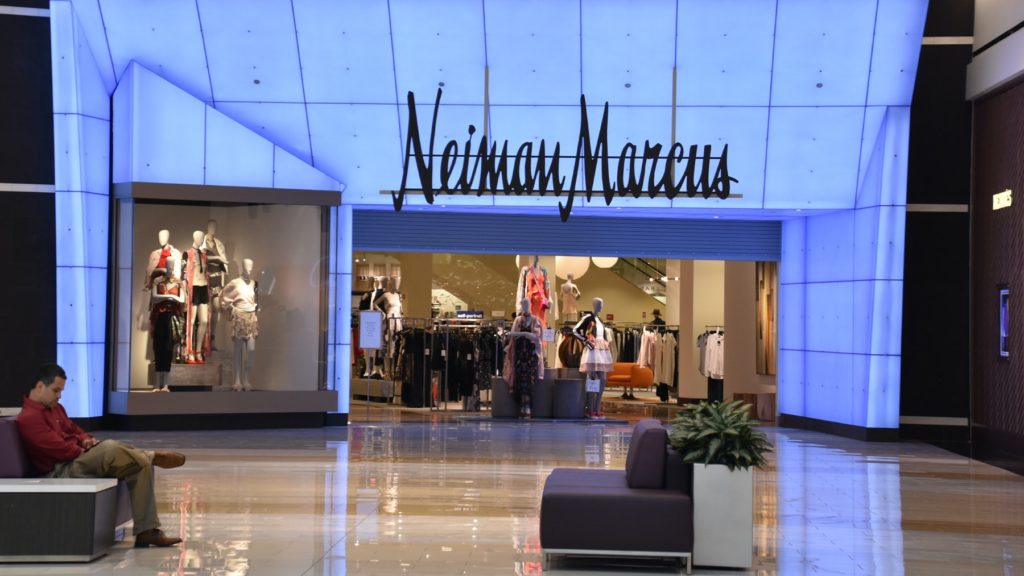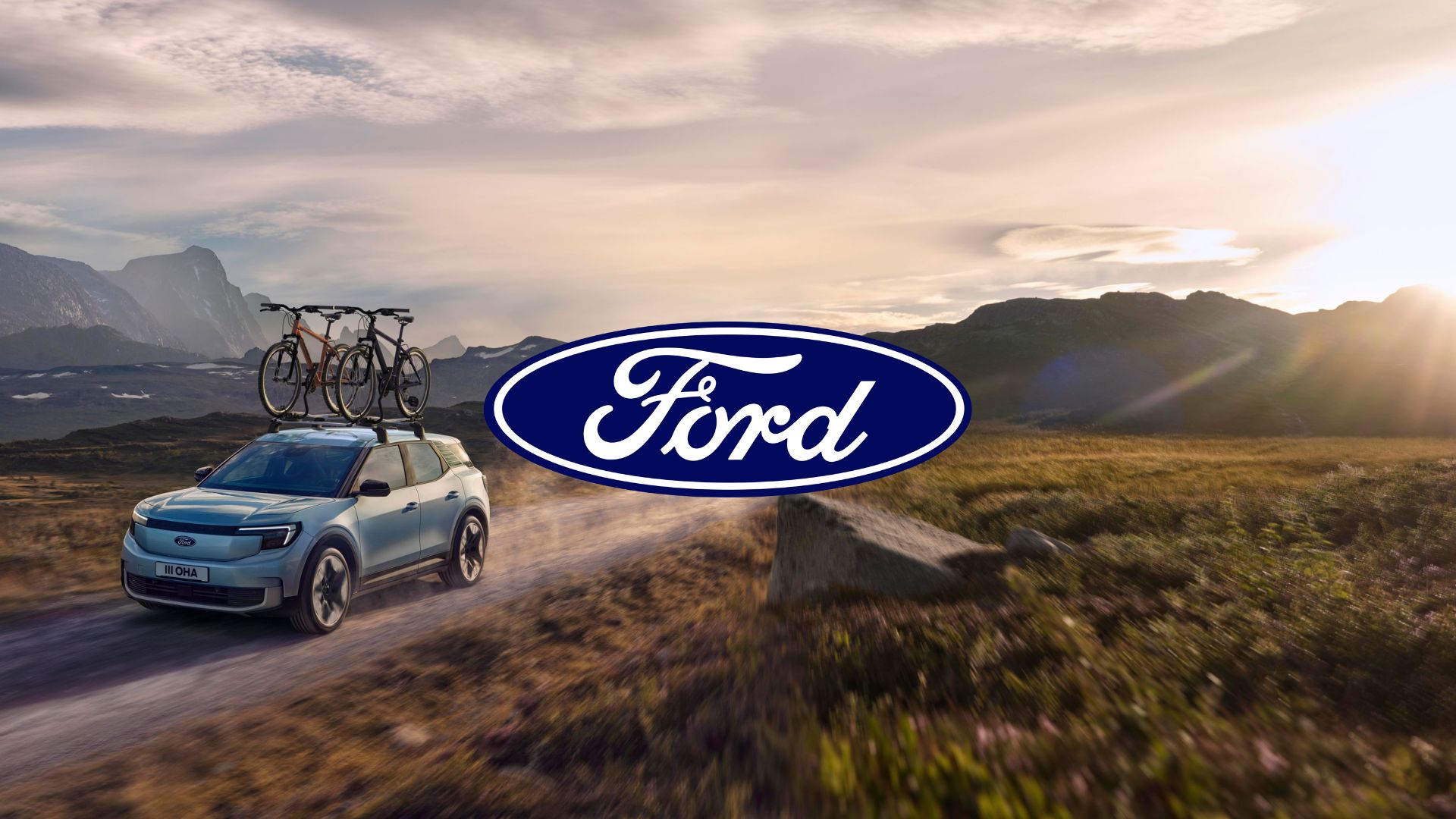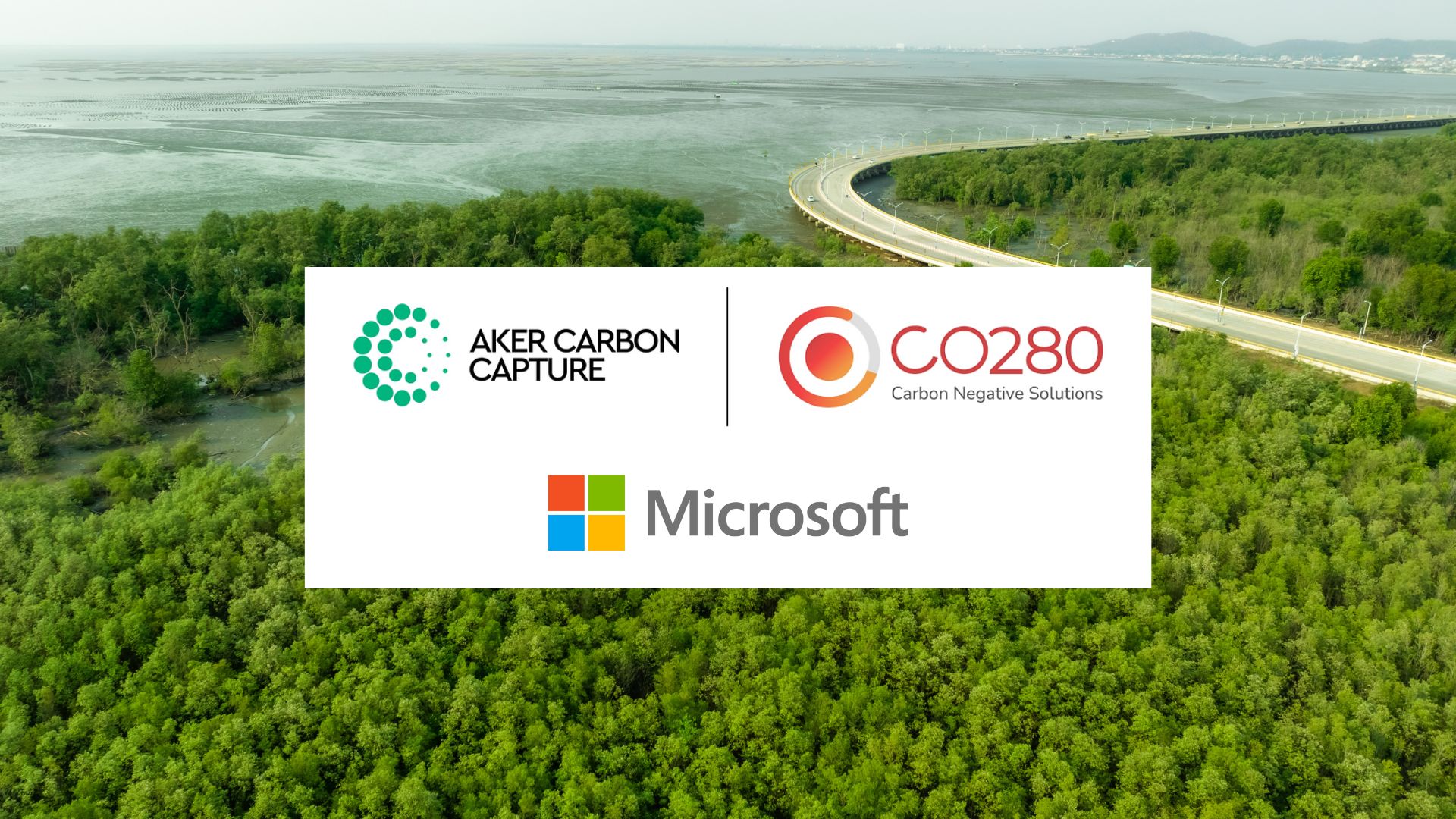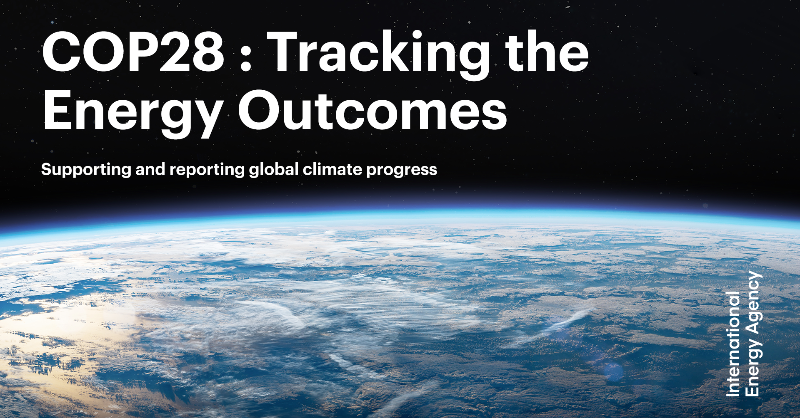Neiman Marcus Sets Ambitious Goals For Inaugural ESG Report, Which Was Years In The Making

Neiman Marcus’ Environmental Social Governance report, “Our Journey to Revolutionize Impact,” was years in the making, and started when the retailer was coming out of bankruptcy and restructuring. All the while, the luxury retailer was working on initiatives behind the scenes. Now, Neiman’s is ready for prime time, and “Journey” takes readers on the company’s exploration towards elevated social and gender equality and a greater focus on sustainability.
Sharing its progress to date, and celebrating recent and upcoming investments, and outlining its 2025 ESG strategy is all addressed in the document. “As a leader in luxury retail, ESG is an essential part of our growth roadmap, and we’re excited to share our inaugural progress report,” said Geoffroy van Raemdonck, Chief Executive Officer, Neiman Marcus Group. “‘Our Journey to Revolutionize Impact’ for our communities is one of our top priorities, and we believe our strategy of advancing sustainable products and services, cultivating a culture of belonging, and leading with love in our communities will help pave this journey.”
Eric Severson, Neiman Marcus’ Chief Belonging Officer, said that prior to the Covid-19 pandemic, the retailer was a very different company. “Going through Covid and going through bankruptcy really changed us as a company,” he said. “We have really moved into growth mode and we’ve refocused our priorities strategically, and we’re aligned with our investors that operating sustainably ESG is attainable for us.
“That’s what we believe our customers are demanding,” Severson added. “If you read the report, much of the achievements that we’ve made to date were achieved over many years, but we really lacked a formal, articulated strategy that we talked about externally. I would say this is the most significant public disclosure of private company operating data that we’ve made in recent years, and that was intentional.”
Like many of its competitors, Neiman’s does consumer research and talks to its customers to get a bead on what they’re thinking. The retailer knows that cross-generationally, particularly for Millennials and Gen Z consumers – who are making up an increasing portion of its consumer base – more than half of the cohorts consider sustainability to be part of their purchasing decisions.
“We spoke to consumers, we spoke with board members and we spoke with employees and the thesis for the choices we made and that’s how we arrived at the three pillars and how we arrived at the target pertaining to the three pillars,” Severson said. “Before we committed to the goals, we conducted research to make sure we accurately quantified our current carbon footprint to determine what strategies we’d need to implement between now and 2025 and 2030. We’re confident that we’re more than capable of doing what’s needed to get there.
“For example, our commitment to procure more sustainable product by 2023 is based in part on our assessment that getting there, getting to that target is based significantly on our ability to work our way out of contracts that are not renewable and to get into contracts that are renewable and we have very specific tactics for doing that.”
There’s also a reference to Fashionphile, a resale business that specializes in luxury handbags, but there’s a couple of other components and there’s not a magic bullet, Severson stressed.
Neiman’s is also building a business based on sustainability with five new alteration bars in its stores. “Our operations center can resole a pair of Louis Vuitton shoes for $35, transforming that item into something that can get more life,” Severson said. “That part of the business we own and we continue to explore other partnerships.”
“Our partnership with Give Back Box allows our customers to extend the life of their existing garments by donating them to someone in need,” Severson added. “A lot of how we built the strategy is very specific to the unique field in which we play, even if we start from a place where luxury goods by definition have a longer life and element of sustainability built into them because of the quality and the craftsmanship – they’re made to last. Part of what we’re doing with our strategy is, how do we accelerate the made to last element by helping consumers keep [the products] longer by changing the silhouette or the wearability or how to trade them in and let somebody else use them.”
Severson said that Neiman’s partnership with Fashionphile addresses aspects of that because “we’re basically creating a cycle and we’ll look for other ways to do that over time. A significant part of that first pillar of sustainable products and sustainable services is our sustainability edit across Neiman Marcus and Bergdorf Goodman and they already show up and they’re part of our strategy going forward, so we’re curating and identifying for consumers who are motivated to buy sustainable products and services and easily find those and how they filter on the app and the web site that we’ve done the work for them and how we curate these things, that’s a big part of our commercial strategy, it’s part of doing the right thing, and it’s a significant part of our larger merchandising strategy.”
Severson admitted that it’s easier to do good when a company is doing well. “Journey” comes on the heels of Neiman’s success in the second fiscal quarter when strong full-price selling and an inventory strategy ensured the company could deliver products consumers wanted and drove margin expansion. The retailer saw high single-digit same store sales growth and adjusted EBITDA growth of 15% compared to the same holiday period pre-Covid.
Diversity and inclusion is also high up on Neiman’s list of priorities. Severson said the company is never finished in that area and there will always be room for improvement in some places and other places where the retailer is strong and should advocate for change.
See related article: Neiman Marcus Group Shares First-Ever Environmental Social Governance Report, Results from New Investments and 2025 Strategy
“When it comes to gender equity and equality, we’re in the position of being a leader,” Severson said. “We can say with statistical accuracy that there’s no glass ceiling at Neiman Marcus Group and we can say that because women are in the majority in every single level of the company, from the board down to the individual sellers.
“When you’re in that position, we believe you have some responsibility to lead and then use your power and your brand to make positive change happen,” he added. “On gender, we’re in a leading position, we’re one of the only companies in America to be female-majority top to bottom. And so I think that’s a place where we stand out. We also stand out in terms of LBGTQ+ equity and equality We’ve got a significant relationship with the human rights campaign and we are one of the only major corporations in the United States with an openly LGBTQ CEO and he’s been comfortable using that fact to help make positive change happen.”
The retailer adopted a series of practices proven to work to help diversity and to diversify leadership without taking race and ethnicity into account for hiring decisions. “What we’re doing is expanding the pool of qualified applicants from which we select for a leadership role to include many more qualified leaders of color so ultimately, you end up with a leadership team that reflects the diversity of the communities we serve,” Severson said. “The diversity initiatives matter because the leaders at the top are the ones who set the standards for the company and choose who gets hired and that affects your organization.”
Source: Forbes










